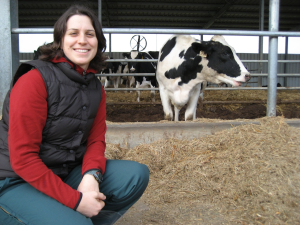Introducing Your SCAVMA Information Technology Officer Elect: Taylor Simon
 Monday, August 1, 2011 at 04:24PM
Monday, August 1, 2011 at 04:24PM Name, Position on EB: Taylor Simon, Information and Technology Officer Elect
School and Year: Louisiana State University class of 2013
Hometown: Erath, LA
Your area of interest within veterinary medicine: Equine Medicine
Description of what your office entails: My office entails keeping inventory, managing and upgrading SAVMA’s hardware and software (keeping track of all the high tech gizmos). Working in coordination with staff at the AVMA head quarters to update the SAVMA web site. To take photographs at the House of Delegates meetings, sharing the efforts made with the rest of our members.
A goal that you have for your year in that office elect position: To continue the great work done by my predecessors. I will maintain and organize the equipment that helps the SAVMA House of Delegates run smoothly. Also, I will work to spread the word of what SAVMA does for it’s members and the importance of involvement in organized veterinary medicine.
Your favorite SCAVMA related experience thus far (EB or not): I’ve loved meeting new people and making connections. Being a SAVMA delegate has been a great opportunity to travel and experience new places and the people who make them special. The best trip I was lucky enough to go on was the IVSA Symposium in Slovenia. This was a meeting of international students from across the globe. It was a truly amazing once in a lifetime opportunity.
Something fun about yourself: I enjoy running, reading, and painting as an escape from the rigors of vet school. My bucket list includes traveling to every continent, skydiving, bungee jumping, and the recently crossed off bull riding.




